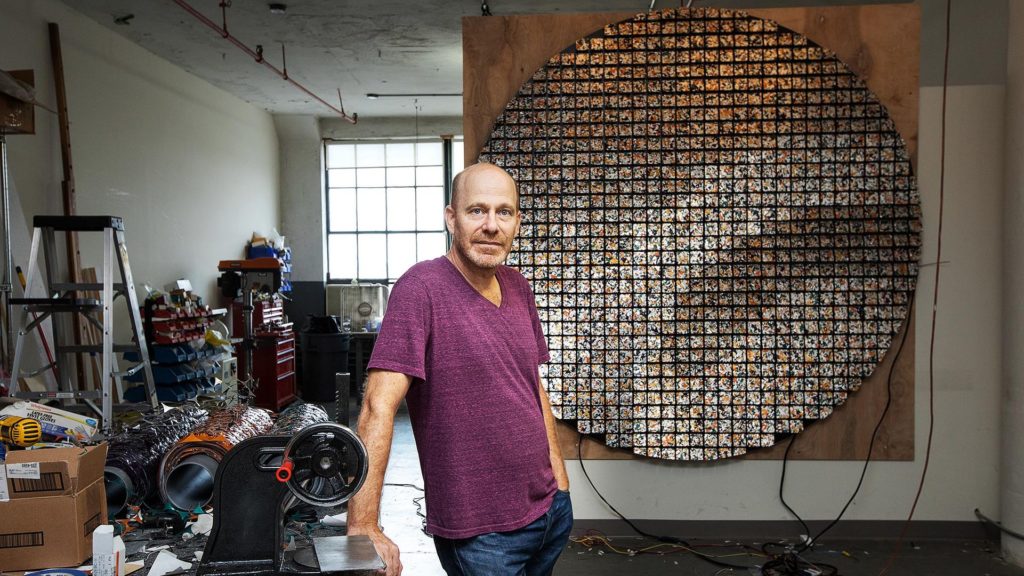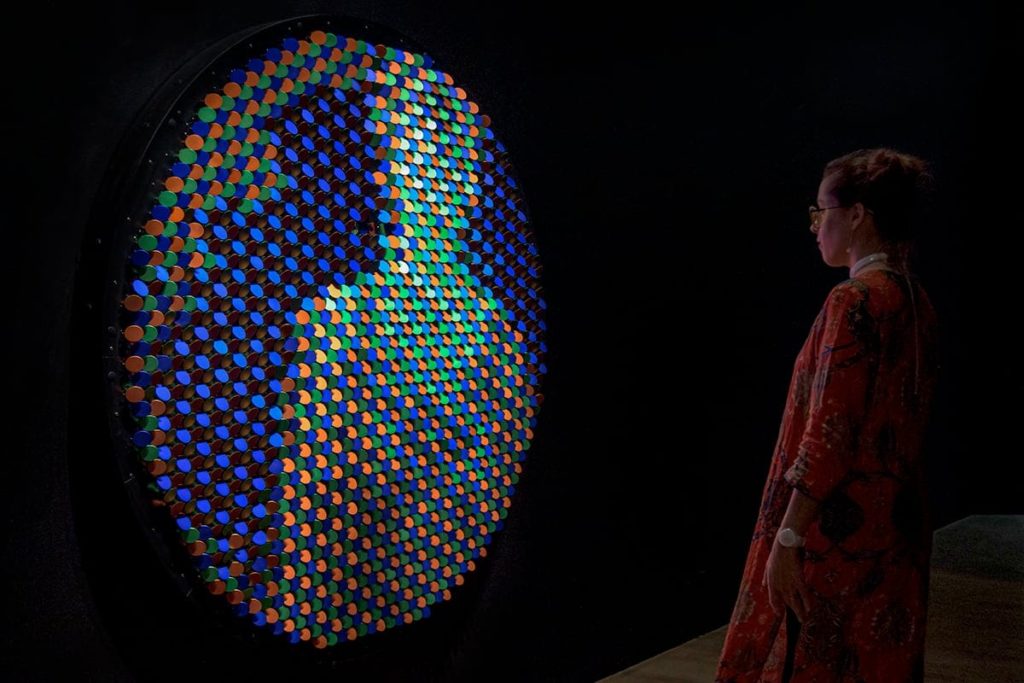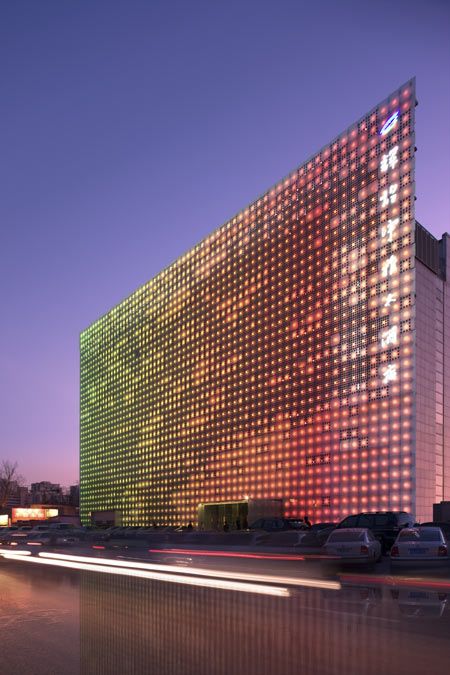INTELLIGENT SENSING AND VISION
This project aims to develop an interactive LED matrix capable of dynamically responding to real-time behaviors in its surrounding environment while ensuring versatility in its applications. By integrating sensors to detect various environmental stimuli and employing advanced data processing techniques, the LED matrix will generate dynamic visual patterns that reflect the detected behaviors. Additionally, the system will be designed with modularity and flexibility, allowing for easy customization and integration into diverse environments and applications. The resulting interactive LED matrix promises to offer engaging user experiences, enhancing interactivity and immersion in a wide range of settings, from art installations to educational displays and ambient lighting solutions.
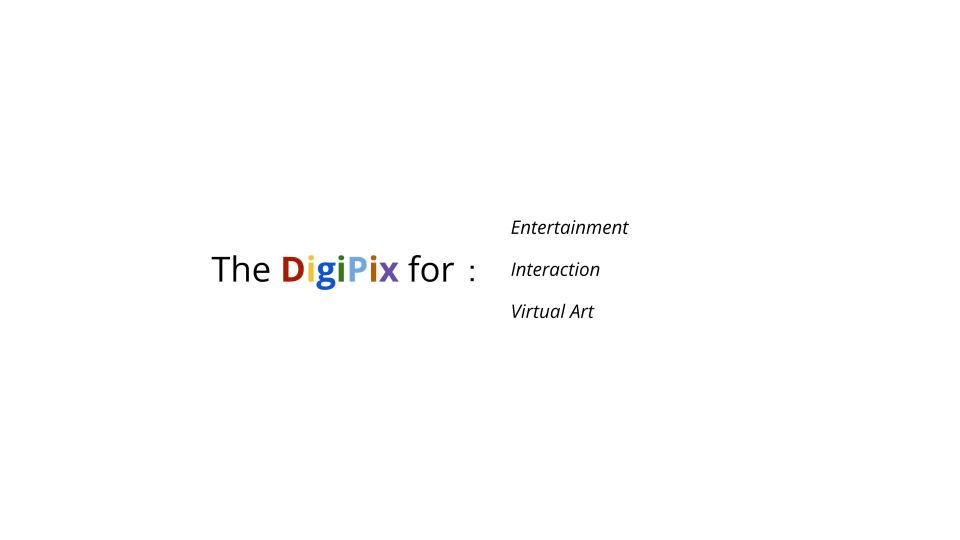
STATE OF THE ART
Daniel Rozin
Daniel Rozin’s work, particularly the piece “Last Chance to Shine,” exemplifies the fascinating intersection of art, technology, and interactive design. Rozin specializes in creating interactive installations that respond to the presence and movement of viewers. His work often involves motor-powered movement, allowing the art to change forms based on viewer interaction.
- Rozin’s work showcases how technology can be used creatively to produce art that is not only visually appealing but also interactive, engaging the audience in a unique way.
- By using recycled materials, Rozin’s art promotes sustainability and encourages viewers to think about repurposing and the lifecycle of materials.
- The dynamic nature of Rozin’s installations creates a personalized experience for each viewer, as the art changes in response to their presence and movement, making the viewer an integral part of the artwork.
- Rozin’s focus on the mechanics and materiality of his pieces, such as in “Last Chance to Shine,” pushes the boundaries of traditional sculpture and art, exploring new forms of expression and interaction.
Aristotle Roufanis
Developed in collaboration with artists, neuroscientists and psychologists, Twist Museum is an immersive experience that explores – and puts to the test – the power of your mind in experiencing the world around you.
- A new immersive, multisensory museum with escapism and education at its heart uses technology to enhance its futuristic exhibits.
- It is a 10x10x10 matrix, and each RGB LED is addressable.
- As they change colour, creates oscillating patterns and shapes.
- This fixture was bespoke, as the LED structure was put together specifically for this site.

SYSTEM METHODOLOGY
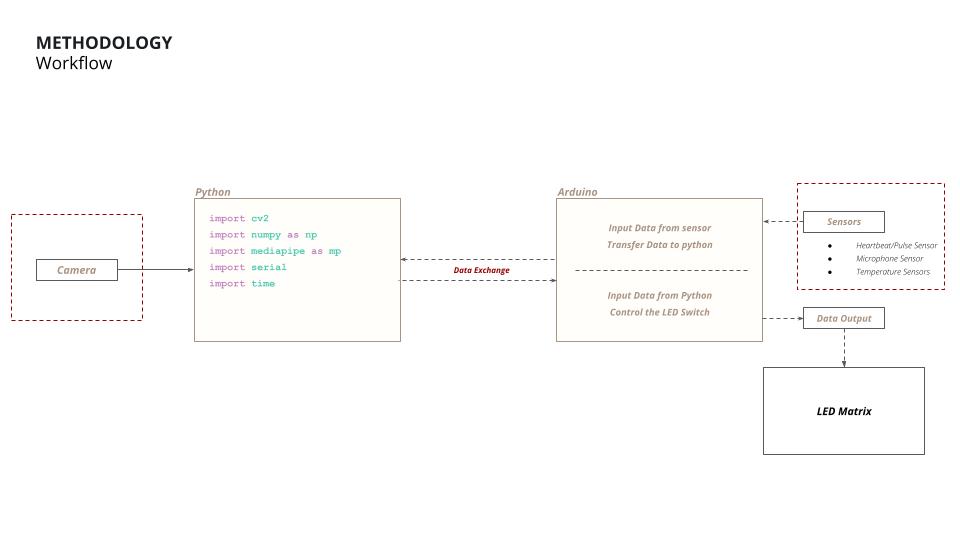
SOFTWARE
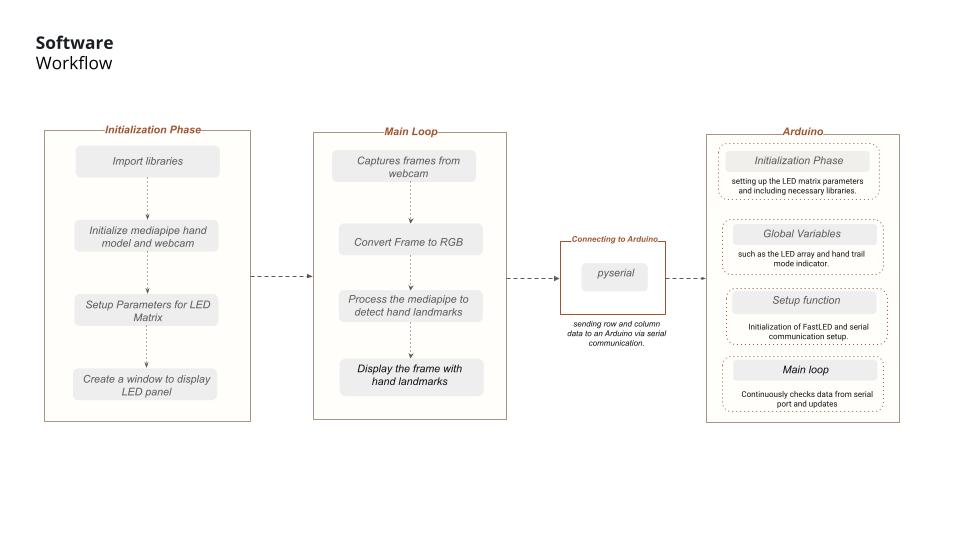
Software
TEST 01
A basic LED lighting is used to test the hardware. As a result, we were able to see how the LED was organizing itself. This enabled us to observe the behavior and functioning of the LED. We also got a better understanding of how the hardware interacted with it. Finally, it allowed us to identify any potential issues or problems.
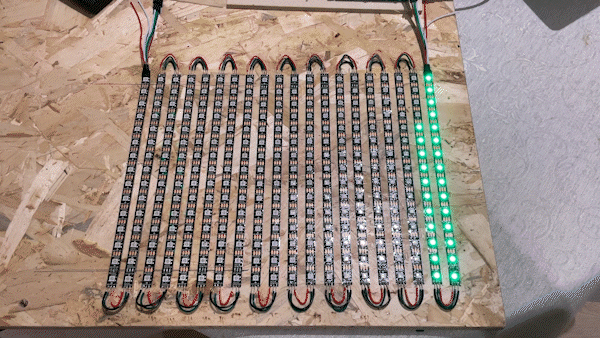
TEST 02
We proceed to connect different systems. With PySerial, we were able to connect to the Arduino board and connect different hardware components. We then programmed the Arduino board to test different functions of the hardware. The tests showed that the hardware was working correctly. We were able to use the results to make decisions about the next steps of the project.
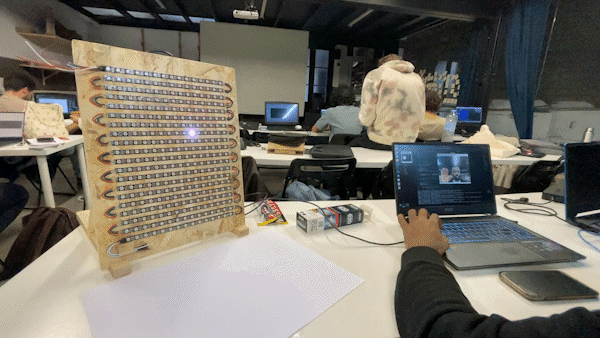
TEST 03
Our next step was to add the capability of tracing a hand. We used the PYSERIAL for communicating the output of our program. We then implemented the tracing feature and tested it to make sure it was working as expected.
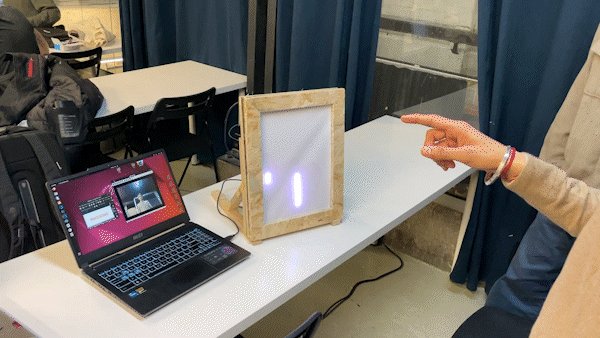
HARDWARE
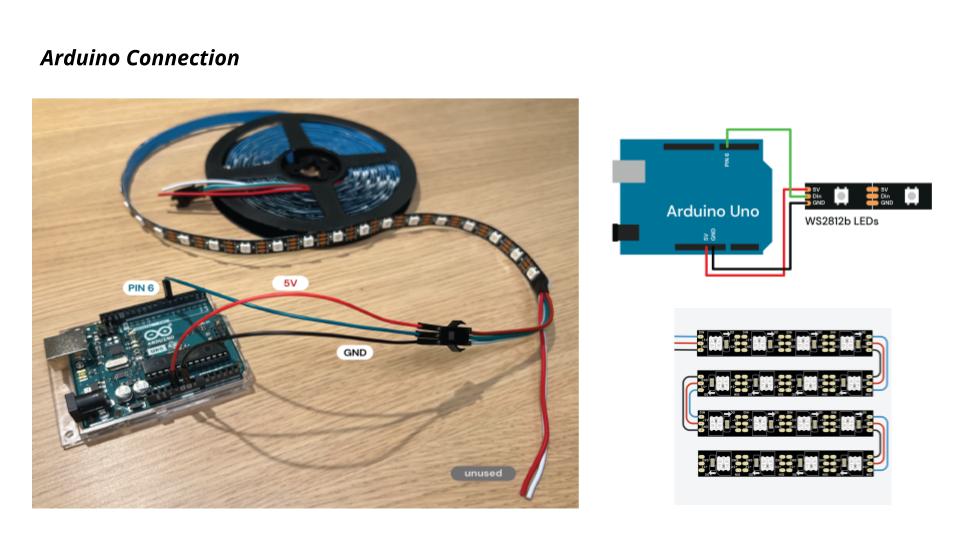
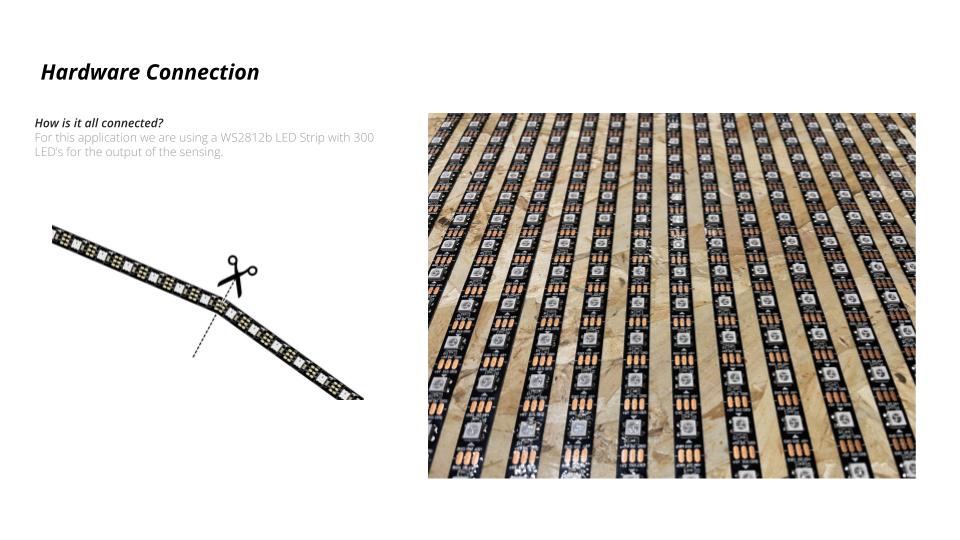
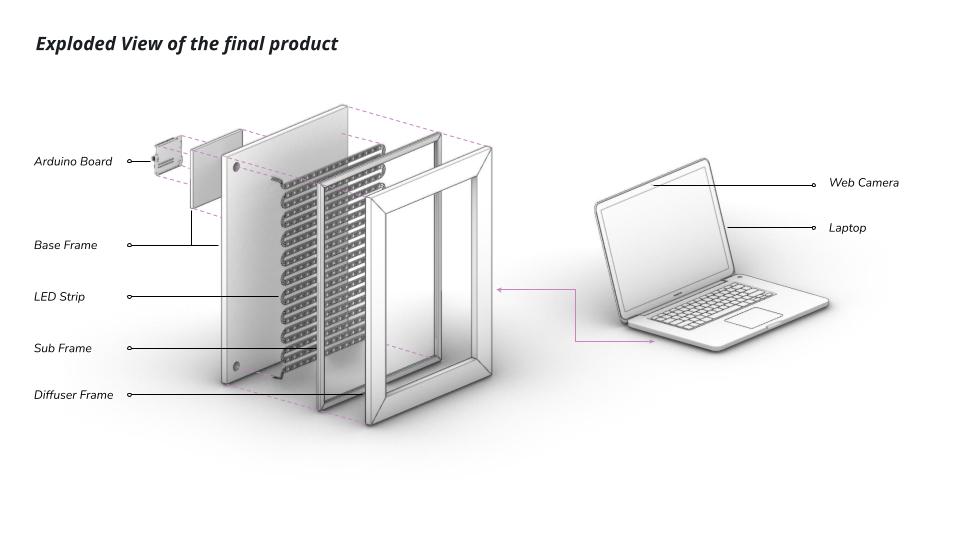
Final Result
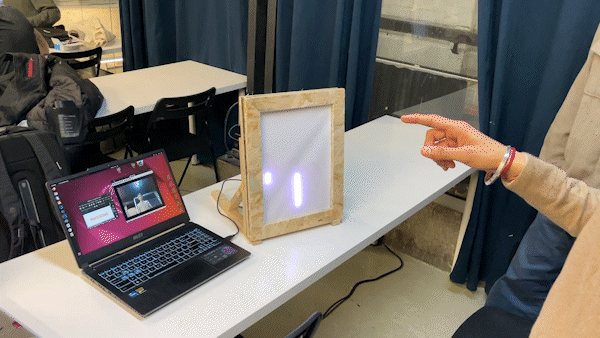
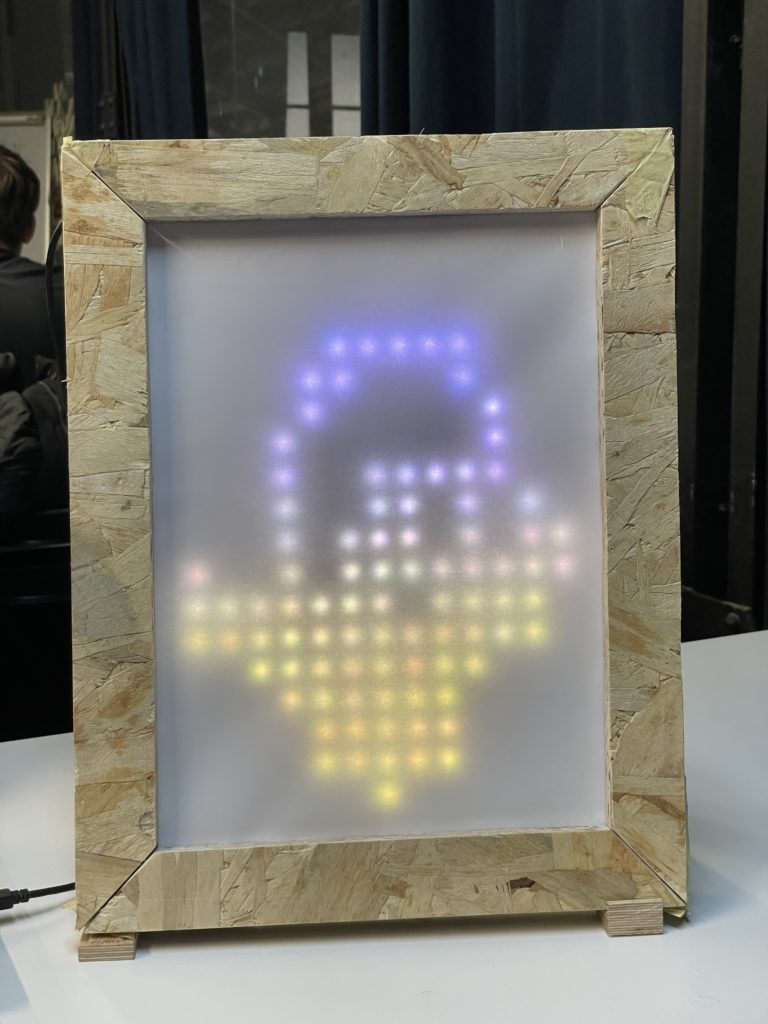
Further Steps
Add sensors
Adding more cameras – Add more cameras to track participant movements 360°.
Microphone Sensor – Use voice input commands to change the current mode of the LED matrix, such as changing style, changing input mode, etc.
Heartbeat/Pulse Sensor – Used to detect human body data and give instant feedback.
Temperature Sensors – Used to detect human body data and give instant feedback.
Make it in 3D


Potential Scenarios
Facade Instalation
This technology may be used to show media as an output on a building facade. It may serve as an advertisement for the building or as a sign for the city as a whole. Using a building facade as a signage for the city can enhance its visual appeal and create a distinct identity. It can showcase the city’s culture, history, and achievements, while also attracting tourists and boosting local businesses.
Simone Giostra & Partners Architects have designed the GreenPix – Zero Energy Media Wall – a groundbreaking project applying sustainable and digital media technology to the curtain wall of Xicui Entertainment Complex in Beijing, near the site of the 2008 Olympics. Featuring the largest color LED display worldwide and the first photovoltaic system integrated into a glass curtain wall in China, GreenPix transforms the building envelop into a self-sufficient organic system, harvesting solar energy by day and using it to illuminate the screen after dark, mirroring a day’s climatic cycle. Arup provided engineering services for the project.

